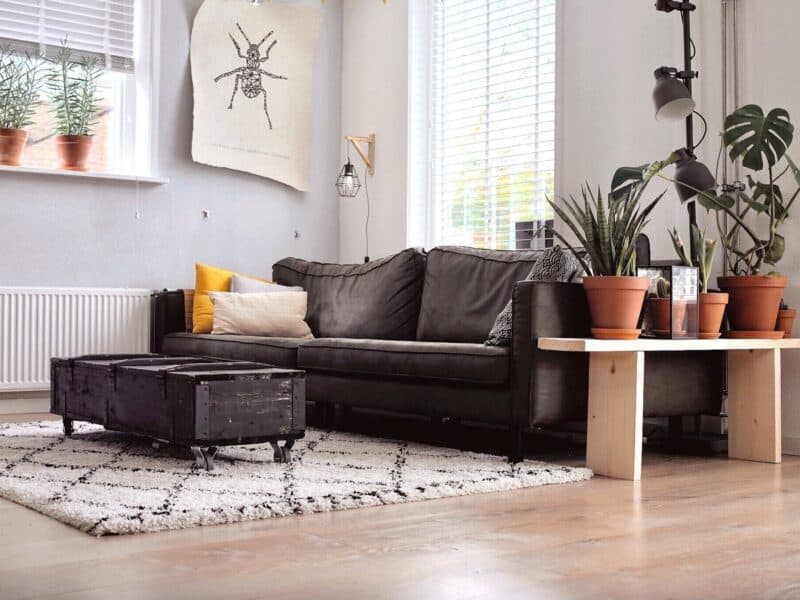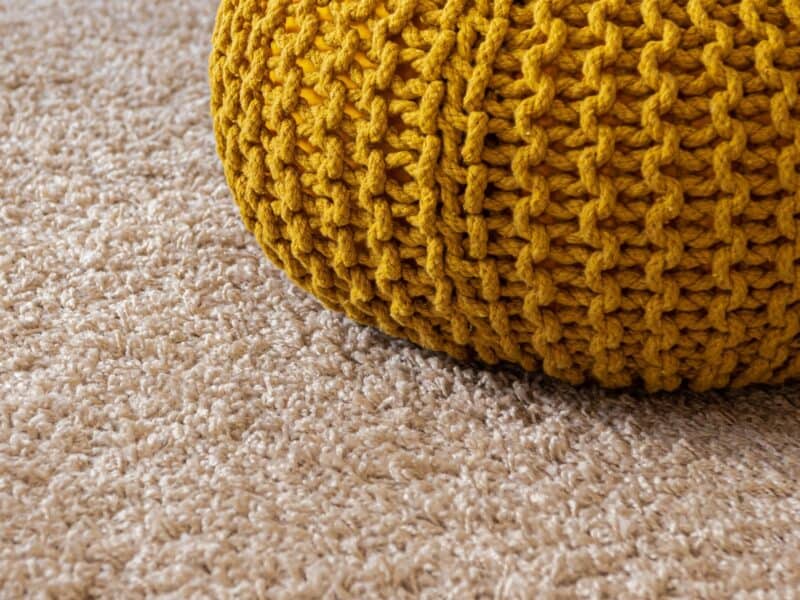
When most people think of colours for their home they automatically think of the walls and then maybe the upholstery and main furniture pieces and accessories, such as sofa and bed linen.
However, the flooring in a room is one of the single biggest elements of a home’s interior décor, playing a pivotal role in setting the mood and ambience of a room – and yet it is often overlooked and its colour hardly considered, aside from a practical perspective (e.g., no pale colours in easily dirtied areas).
A bit of thought spent on flooring colour can pay huge dividends in the overall success of an interior decorating scheme for your home.
Colour and Mood
Research has long shown that colour can play a vital role in setting our moods and even affecting our creativity and concentration.
It is a well-known fact, for example, that shades like red, yellow and orange give off a warm, intimate and even cheerful feel. In addition, they create the illusion of advancement, which can make a room seem smaller and thus make large rooms feel cosier.
Cool colour schemes, on the other hand, like blue, green and purple, have a serene, calm and soothing effect while appearing to recede, thus appearing to make a room larger. It can also be used to balance an extremely sunny room to temper the brightness.
It’s also good to remember that neighbouring shades on the colour wheel – like blue-purple-red, red-orange-yellow and yellow-green-blue, and – create harmony, whilst opposite colours create drama and bring energy to a room, such as violet and yellow, red and green, and orange and blue.
Go Neutral
Colour selections do not have to mean a commitment to rainbow hues, however. In fact, knowing what you do about the effect of different colours, you might actually decide to opt for ‘no colour’ or neutral shades which do not make a strong statement one way or another.
This can be an advantage particularly when considering putting a house on the market, either for sale or rental, as it is more likely to appeal to a larger proportion of the population and to make it easier for them to superimpose their own design preferences onto the palette of your home.
Even if you are planning to remain in the house, a neutral colour scheme can have advantages, making it easier for you to redecorate or change the look of your home, simply by highlighting different furnishings and accessories.
A neutral background of stone, beige or cream can easily look very different if accented with different colours and textures, such as warm berry tones in velvet versus black and grey shades in cool linen; or earthy browns in ceramic versus formal elegance in dark wood.
Of course, with certain flooring types – such as Timber, stone and Concrete – you may not have such a large choice of colours to begin with although you will still have ample ability to make a difference to the mood of a room simply by the shade you choose.
With other flooring types – such as Vinyl, tile and Carpet, you will have a wealth of colours to choose from and the large selection can almost be too daunting.
The functional aspect should always be the first consideration and this can in fact help to narrow your choices. For example, flooring for an area of high traffic may not benefit from being too pale in colour, as this would show up stains and dirt easily (especially on carpet).
Similarly, a polished, dark shade of hard flooring will show up dust and damage more easily and is something to be considered if you will not be able to devote a lot of time to cleaning and maintenance.
Finally, consider the entire house when choosing flooring colours in different rooms and remember that a good décor flows seamlessly from room to room. The most expensive materials will be wasted if colours are not considered, resulting sadly in flooring which looks like a clashing patchwork quilt across the entire household.


